Let's say I have 4 rows in Column A (titled filepaths) with the following filepath content:
A1: /page1/page2/page3
A2: /page4/page5
A3: /page6/page7/page8/page9
A4: /page10
...I need a formula to isolate the parent of the last child into eg the corresponding column B (titled parent), so:
B1 would derive a value of page2
B2 would derive a value of page4
B3 would derive a value of page8
B4 would derive a value of [blank] as it has no parent
Can anyone suggest a formula please that could achieve this?
Thanks
I tried:
=IF(LEN(A1) = LEN(SUBSTITUTE(A1,"/","")),"",MID(A1,FIND(REPT("/",LEN(A1)-LEN(SUBSTITUTE(A1,"/",""))-1),LEN(A1)))
and
=LET(v,A1,INDEX(TEXTSPLIT(v,"/"),LEN(v)-LEN(SUBSTITUTE(v,"/",""))))
and
Get parent folder path from file path using cell formula (came close isolating entire filepath above child)
but can't isolate the parent.

